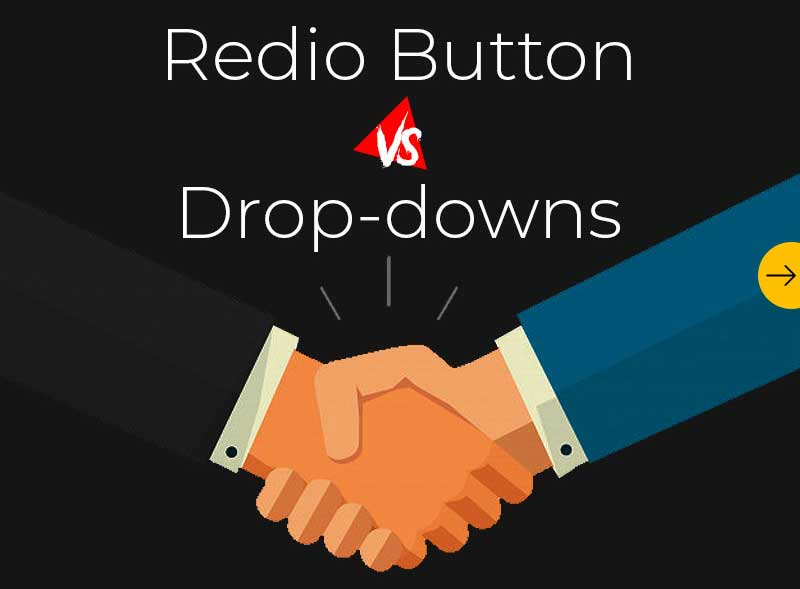The Rise of Jamstack: The Future of Modern Web Development
In this article, we’ll explore what Jamstack is, why it’s gaining popularity, and how it is shaping the future of modern web development.
Web development is constantly evolving, and businesses are always looking for faster, more secure, and scalable solutions. Traditional web architectures have served us well for years, but with the rise of dynamic applications, developers face new challenges—slow performance, security vulnerabilities, and complex backend maintenance.
Enter Jamstack—a modern web development architecture that is redefining how websites and applications are built. Jamstack is not just a trend; it’s becoming the future of web development, offering speed, security, and scalability while simplifying development workflows.
What Is Jamstack?
Jamstack is a modern web development architecture designed to create fast, secure, and scalable websites and applications. It stands for:
- JavaScript: Handles dynamic functionalities using frontend frameworks like React, Vue.js, and Angular.
- APIs: Provides backend functionalities through third-party services or serverless functions instead of traditional monolithic backends.
- Markup: Uses pre-rendered static HTML files generated from headless CMSs, markdown files, or static site generators like Next.js, Gatsby, or Hugo.
Unlike traditional web development, which relies on dynamic servers to render pages, Jamstack delivers pre-built static files that load instantly. When dynamic functionality is needed, JavaScript and APIs take care of it, making the system highly efficient.
Why Is Jamstack Gaining Popularity?
Jamstack is not just a buzzword—it is a practical solution to many challenges developers face with traditional web architectures. Here’s why Jamstack is rising in popularity:
1. Blazing-Fast Performance
Performance is a crucial factor in user experience and SEO rankings. Unlike traditional websites that fetch content from a server on demand, Jamstack sites serve pre-built static files from a Content Delivery Network (CDN). This approach eliminates database queries and backend processing, resulting in lightning-fast load times.
A Jamstack site can load in milliseconds compared to a traditional site that might take several seconds, making it a game-changer for businesses looking to improve speed and engagement.
2. Enhanced Security
Security threats are a major concern in web development. Traditional websites with databases and server-side rendering expose vulnerabilities that hackers can exploit. Since Jamstack eliminates the need for direct interaction with databases and servers, the attack surface is significantly reduced.
- No direct database exposure: Static files don’t rely on a database, reducing SQL injection risks.
- No server-side processing: Removes common vulnerabilities like server misconfigurations.
- API-based security: APIs used in Jamstack follow strict authentication protocols, adding another layer of protection.
3. Scalability Without Hassle
Scaling a traditional website often means upgrading servers, managing database load, and optimizing backend processes. With Jamstack, scalability is effortless. Since static files are deployed on a CDN, an increase in traffic does not affect site performance.
A small startup and a high-traffic enterprise can both use Jamstack without worrying about server overloads or downtime.
4. Better Developer Experience
Jamstack provides a better developer experience by streamlining workflows and removing backend complexities. Developers can focus on writing frontend code while APIs handle server-side tasks.
- No need for backend maintenance – third-party APIs handle everything.
- Easier version control – static files can be deployed via Git without database migrations.
- Faster development – developers can use headless CMS and automation tools for quick updates.
5. Cost-Effective and Lower Maintenance
Hosting a traditional web application with databases and backend servers can be expensive. Jamstack drastically reduces costs by eliminating the need for:
- Expensive database hosting
- Server maintenance
- DevOps and infrastructure scaling
Platforms like Netlify and Vercel offer serverless and edge computing solutions, making deployment seamless and cost-effective.
Jamstack vs. Traditional Web Development
To understand why Jamstack is the future, let’s compare it with traditional web development approaches:
| Feature | Traditional Web Development | Jamstack |
| Performance | Slower due to server-side rendering and database queries | Fast since static files are pre-built and served via CDN |
| Security | Prone to SQL injection, DDoS attacks, and server misconfigurations | More secure as it eliminates direct database and server interactions |
| Scalability | Requires scaling backend servers and database management | Scales effortlessly via CDN |
| Development Process | Backend and frontend tightly coupled, requiring complex server management | Decoupled frontend with API-driven backend, making development simpler |
| Maintenance Cost | Expensive due to server costs and database maintenance | Cost-effective with minimal infrastructure requirements |
Key Technologies Powering Jamstack
Jamstack is not a single tool or framework—it’s an architecture powered by various technologies. Some of the key components include:
1. Static Site Generators (SSGs)
Static site generators (SSGs) pre-build web pages, allowing them to load instantly. Popular SSGs include:
- Next.js – Hybrid framework supporting both static and dynamic rendering.
- Gatsby – React-based framework for static sites.
- Hugo – Fast static site generator with markdown support.
2. Headless CMS
Instead of traditional CMS platforms like WordPress, headless CMS solutions store content separately and deliver it via APIs. Examples include:
- Contentful
- Strapi
- Sanity
3. Serverless Functions
Jamstack uses serverless computing for dynamic operations like form handling and user authentication. Platforms offering serverless functions include:
- AWS Lambda
- Netlify Functions
- Vercel Serverless Functions
4. Content Delivery Networks (CDNs)
CDNs distribute static assets across global servers, ensuring fast access. Popular CDNs include:
- Cloudflare
- Akamai
- Fastly
How Businesses Benefit from Jamstack
1. SEO Optimization
Google prioritizes fast-loading websites in search rankings. Since Jamstack sites load almost instantly, they rank higher, attracting more visitors and improving business reach.
2. E-commerce Advancements
Jamstack is revolutionizing e-commerce with:
- Faster product pages – improving conversion rates.
- Headless commerce – allowing seamless integrations with Shopify, BigCommerce, and Snipcart.
- Better security – reducing the risk of database leaks and DDoS attacks.
3. Improved User Experience
- No lagging or delays – Faster websites increase customer retention.
- Seamless mobile experience – Jamstack is mobile-friendly by design.
- Global accessibility – CDNs ensure users worldwide experience the same speed.
The Future of Jamstack: What’s Next?
Jamstack is continuously evolving, and the future looks promising. Some trends to watch include:
- Edge computing & serverless evolution: More businesses will adopt edge computing to enhance performance.
- AI & automation in static generation: AI-powered static site generators will automate content optimization.
- Expansion in enterprise adoption: Large companies are transitioning to Jamstack for cost savings and security.
Conclusion: Why Jamstack Is the Future of Web Development
Jamstack is transforming web development with its unmatched speed, security, scalability, and cost-efficiency. Whether you’re a developer looking for a streamlined workflow or a business seeking a high-performance website, Jamstack offers the best solution.As technology advances, embracing Jamstack will future-proof your web applications, giving you a competitive edge in the ever-evolving digital world.





